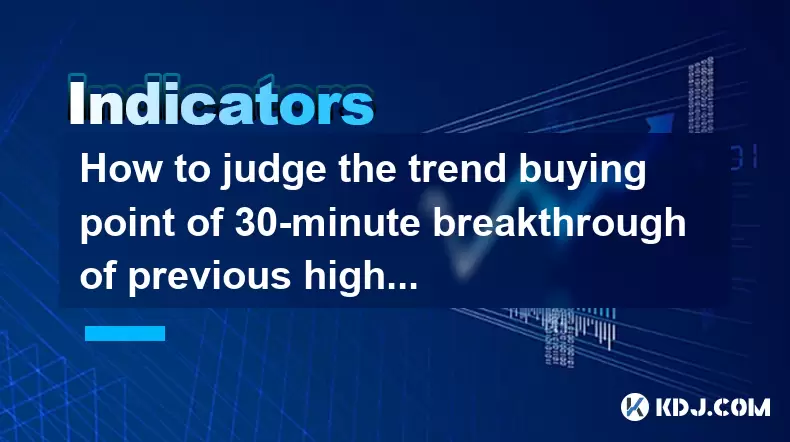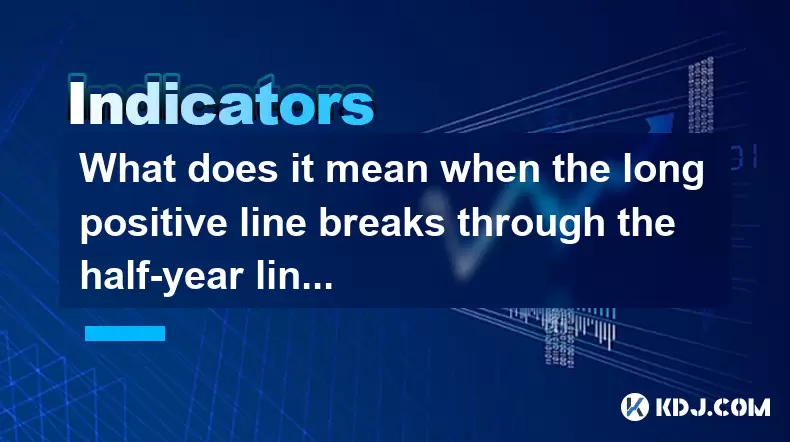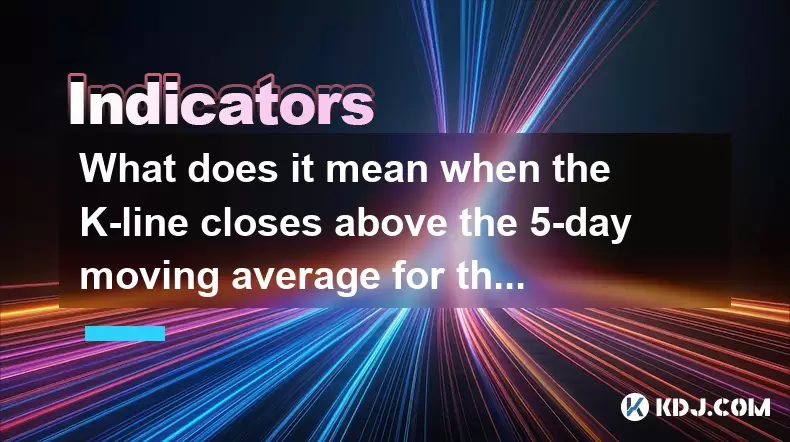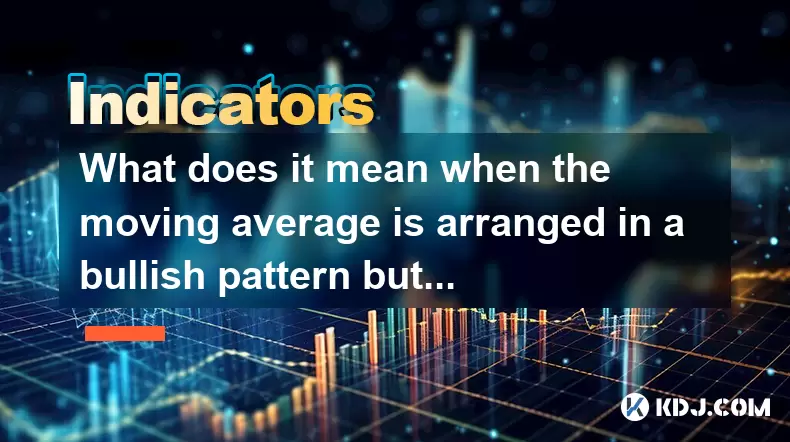-
 Bitcoin
Bitcoin $115100
-2.99% -
 Ethereum
Ethereum $3642
-1.38% -
 XRP
XRP $3.027
-5.51% -
 Tether USDt
Tether USDt $1.000
-0.05% -
 BNB
BNB $763.4
-1.32% -
 Solana
Solana $177.2
-5.42% -
 USDC
USDC $0.9999
-0.02% -
 Dogecoin
Dogecoin $0.2247
-6.47% -
 TRON
TRON $0.3135
0.23% -
 Cardano
Cardano $0.7824
-4.46% -
 Hyperliquid
Hyperliquid $42.53
-0.97% -
 Stellar
Stellar $0.4096
-6.09% -
 Sui
Sui $3.662
-2.61% -
 Chainlink
Chainlink $17.63
-3.57% -
 Bitcoin Cash
Bitcoin Cash $536.3
2.94% -
 Hedera
Hedera $0.2450
0.34% -
 Avalanche
Avalanche $23.23
-3.15% -
 Litecoin
Litecoin $112.2
-1.23% -
 UNUS SED LEO
UNUS SED LEO $8.976
-0.30% -
 Shiba Inu
Shiba Inu $0.00001341
-2.72% -
 Toncoin
Toncoin $3.101
-2.44% -
 Ethena USDe
Ethena USDe $1.001
-0.05% -
 Uniswap
Uniswap $10.08
-1.97% -
 Polkadot
Polkadot $3.938
-2.77% -
 Monero
Monero $323.9
0.87% -
 Dai
Dai $0.9999
-0.02% -
 Bitget Token
Bitget Token $4.481
-1.69% -
 Pepe
Pepe $0.00001199
-5.94% -
 Aave
Aave $288.2
-0.68% -
 Cronos
Cronos $0.1279
0.36%
How to judge the trend buying point of 30-minute breakthrough of previous high + 1-hour trading volume coordination?
A 30-minute breakout above the prior high, confirmed by rising 1-hour volume and bullish RSI, signals strong momentum for a high-probability long entry in crypto trading.
Jul 24, 2025 at 09:08 am

Understanding the 30-Minute Breakout of Previous High
When analyzing short-term price movements in the cryptocurrency market, traders often rely on technical patterns to identify potential entry points. One such strategy involves observing a 30-minute breakout of the previous high. This means the current price surpasses the highest price recorded in the prior 30-minute candle. The significance of this breakout lies in its ability to signal momentum shift and increased buying pressure.
To apply this method effectively, traders must first identify a clear resistance level formed by the high of the previous 30-minute candle. Once price action moves above this level with conviction, it suggests that buyers are overpowering sellers. However, not every breakout leads to a sustained move. A false breakout can occur if the price quickly retracts below the prior high, leading to potential losses. Therefore, confirmation is essential.
To confirm the breakout, traders should look for closing above the prior high rather than just a wick or brief spike. A close above the resistance level on the 30-minute chart increases the probability of continuation. Additionally, the breakout should occur during a period of increasing volatility, often seen during major news events or market open hours.
Role of 1-Hour Trading Volume in Confirming Momentum
While price action provides directional clues, volume acts as a validator. In this strategy, the 1-hour trading volume plays a critical role in confirming the strength of the breakout. A genuine breakout is typically accompanied by above-average volume on the 1-hour chart, indicating strong participation from market participants.
Traders should compare the current 1-hour volume to the average volume of the past several hours. If the volume is significantly higher—say, 1.5 to 2 times the average—it supports the idea that institutional or algorithmic traders are entering the market. This kind of volume surge reduces the likelihood of a false breakout.
To monitor volume effectively:
- Open the 1-hour candle chart on your trading platform.
- Enable the volume indicator (usually displayed at the bottom of the chart).
- Observe whether the current candle’s volume bar is taller than recent bars.
- Look for volume expansion concurrent with or immediately after the 30-minute breakout.
If volume remains flat or declines during the breakout, the move may lack sustainability. In such cases, it's safer to avoid entry until further confirmation appears.
Combining Timeframes for Higher Accuracy
Using multi-timeframe analysis enhances the reliability of trade signals. The 30-minute breakout gives a precise entry trigger, while the 1-hour volume provides context about market sentiment. When both align, the probability of a successful trade increases.
To implement this:
- Keep the 30-minute chart open for entry signals.
- Simultaneously monitor the 1-hour chart for volume trends.
- Ensure that the 30-minute breakout occurs within the first half of the 1-hour candle, allowing volume to build during the remainder of the hour.
- Avoid entries if the breakout happens near the end of an 1-hour period, as volume may not have enough time to confirm.
For example, if a breakout occurs at 14:25 UTC on the 30-minute chart, and the current 1-hour candle (14:00–15:00) shows rising volume, the setup is strong. Conversely, a breakout at 14:50 with stagnant volume should be treated with caution.
Entry Rules and Risk Management
Once the breakout and volume conditions are met, defining a precise entry and managing risk is crucial. The goal is to enter early enough to capture momentum while minimizing exposure to false signals.
Entry execution steps:
- Wait for the 30-minute candle to close above the prior high.
- Confirm that the 1-hour volume is expanding.
- Place a buy order at the close of the breakout candle or slightly above it.
- Set a stop-loss just below the breakout level (i.e., below the previous 30-minute high).
- Use a risk-reward ratio of at least 1:2, meaning the profit target is twice the distance of the stop-loss.
For instance, if the breakout occurs at $30,000 and the stop-loss is placed at $29,800 (a $200 risk), the take-profit should be set at $30,400. This ensures that even if only half of the trades are successful, the strategy remains profitable over time.
Position sizing should also be considered. Never risk more than 1–2% of your trading capital on a single trade, even if the signal appears strong.
Filtering False Breakouts with Additional Indicators
Despite careful analysis, false breakouts remain a risk. To reduce exposure, traders can incorporate additional filters such as moving averages or the Relative Strength Index (RSI).
Use of RSI:
- Apply the 14-period RSI to the 30-minute chart.
- Only consider breakouts where RSI is above 50, indicating bullish momentum.
- Avoid entries if RSI is above 70, as the asset may be overbought.
Use of moving averages:
- Plot the 50-period and 200-period Exponential Moving Averages (EMA) on the 1-hour chart.
- Favor breakouts that occur above both EMAs, suggesting alignment with the broader trend.
- If price is below the 200 EMA, treat the breakout as a counter-trend move with higher risk.
These filters help distinguish between high-probability setups and noise.
Practical Example Using BTC/USDT
Suppose BTC/USDT has been trading sideways between $29,500 and $29,900 on the 30-minute chart. The high at 12:00 UTC is $29,900. At 12:35 UTC, price moves above $29,900 and the candle closes at $30,050.
Simultaneously, on the 1-hour chart (12:00–13:00), volume is visibly higher than the previous three hours. The RSI is at 58, and price is above both the 50 and 200 EMAs on the 1-hour timeframe.
In this scenario:
- The 30-minute breakout is confirmed by the close.
- Volume coordination on the 1-hour chart supports the move.
- Additional indicators align with bullish conditions.
A trader would enter long at $30,050, place a stop-loss at $29,850, and set a take-profit at $30,350 or higher.
Frequently Asked Questions
What if the 30-minute breakout happens but 1-hour volume is low?
If volume is not expanding on the 1-hour chart, the breakout lacks confirmation. It may be driven by thin liquidity or short-term speculation. In such cases, do not enter the trade. Wait for volume to increase in the next 1-hour period before reconsidering.
Can this strategy be applied to altcoins?
Yes, but with caution. Altcoins often exhibit higher volatility and lower liquidity. Ensure the coin has sufficient trading volume on major exchanges. Avoid low-cap tokens where price can be manipulated easily.
How do I adjust the strategy during major news events?
During high-impact news (e.g., Fed announcements or exchange outages), price and volume can behave unpredictably. It's advisable to either avoid trading or widen stop-loss levels to account for increased slippage and volatility.
Is it necessary to use leverage with this method?
No. Leverage amplifies both gains and losses. This strategy can be applied effectively with spot trading. If using futures, keep leverage low (e.g., 2x–3x) to maintain control over risk.
Disclaimer:info@kdj.com
The information provided is not trading advice. kdj.com does not assume any responsibility for any investments made based on the information provided in this article. Cryptocurrencies are highly volatile and it is highly recommended that you invest with caution after thorough research!
If you believe that the content used on this website infringes your copyright, please contact us immediately (info@kdj.com) and we will delete it promptly.
- Kiyosaki's Crypto Playbook: Ditching Paper for Real Assets Like Bitcoin
- 2025-07-25 22:30:11
- Satoshi-Era Whales Stir the Bitcoin Pot: What's the Deal?
- 2025-07-25 22:30:12
- Pi Coin Value in Indian Rupees (INR) 2024: Decoding the Hype
- 2025-07-25 21:45:50
- Crypto Investing: Top Picks and Meme Coin Mania in '25
- 2025-07-25 21:52:07
- Ark Invest's Portfolio Rebalance: Coinbase, Block, and the Crypto Shift
- 2025-07-25 21:52:07
- Bitcoin's Wild Ride: Sell-offs, Volatility, and What's Next
- 2025-07-25 21:55:18
Related knowledge

How to interpret that the KDJ D line is downward for a long time but the price is sideways?
Jul 25,2025 at 07:00pm
Understanding the KDJ Indicator and Its ComponentsThe KDJ indicator is a momentum oscillator widely used in cryptocurrency trading to assess overbough...

What does it mean that the KDJ indicator forms a double bottom at a low level?
Jul 25,2025 at 05:08pm
Understanding the KDJ Indicator in Cryptocurrency TradingThe KDJ indicator is a momentum oscillator widely used in cryptocurrency trading to identify ...

What does it mean that the RSI continues to hover in the 40-60 range?
Jul 25,2025 at 11:07pm
Understanding the RSI and Its Typical BehaviorThe Relative Strength Index (RSI) is a momentum oscillator that measures the speed and change of price m...

What does it mean when the long positive line breaks through the half-year line and then steps back?
Jul 25,2025 at 06:49pm
Understanding the Long Positive Line in Candlestick ChartsIn the world of cryptocurrency trading, candlestick patterns play a vital role in technical ...

What does it mean when the K-line closes above the 5-day moving average for three consecutive days?
Jul 25,2025 at 10:07pm
Understanding the K-line and 5-day Moving AverageThe K-line, also known as a candlestick, is a critical charting tool used in technical analysis to re...

What does it mean when the moving average is arranged in a bullish pattern but the K-line closes negatively continuously?
Jul 25,2025 at 10:56pm
Understanding the Bullish Moving Average PatternWhen the moving average (MA) lines are arranged in a bullish pattern, it typically indicates that shor...

How to interpret that the KDJ D line is downward for a long time but the price is sideways?
Jul 25,2025 at 07:00pm
Understanding the KDJ Indicator and Its ComponentsThe KDJ indicator is a momentum oscillator widely used in cryptocurrency trading to assess overbough...

What does it mean that the KDJ indicator forms a double bottom at a low level?
Jul 25,2025 at 05:08pm
Understanding the KDJ Indicator in Cryptocurrency TradingThe KDJ indicator is a momentum oscillator widely used in cryptocurrency trading to identify ...

What does it mean that the RSI continues to hover in the 40-60 range?
Jul 25,2025 at 11:07pm
Understanding the RSI and Its Typical BehaviorThe Relative Strength Index (RSI) is a momentum oscillator that measures the speed and change of price m...

What does it mean when the long positive line breaks through the half-year line and then steps back?
Jul 25,2025 at 06:49pm
Understanding the Long Positive Line in Candlestick ChartsIn the world of cryptocurrency trading, candlestick patterns play a vital role in technical ...

What does it mean when the K-line closes above the 5-day moving average for three consecutive days?
Jul 25,2025 at 10:07pm
Understanding the K-line and 5-day Moving AverageThe K-line, also known as a candlestick, is a critical charting tool used in technical analysis to re...

What does it mean when the moving average is arranged in a bullish pattern but the K-line closes negatively continuously?
Jul 25,2025 at 10:56pm
Understanding the Bullish Moving Average PatternWhen the moving average (MA) lines are arranged in a bullish pattern, it typically indicates that shor...
See all articles

























































































